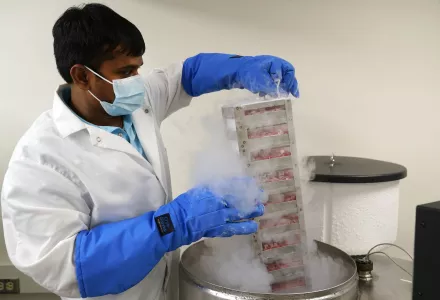
Calls for bringing back Bell Labs are often heard, understandably so: Bell Labs, a self- described “Institute of Creative Technology”, was an icon of 20th-century research. However, recreating its key characteristics—many shared by other great 20th-century industrial research labs such as those at General Electric, IBM, Dupont, and Xerox PARC— requires careful thought. There are three common misconceptions about the nature and nurture of research, each of which could naively be thought to describe Bell Labs and its 20th- century industrial research lab brethren, but, on deeper reflection, do not.
Science and technology: equal and opportunistic partners
The first misconception is that technology is subservient to, and follows from, science; and thus that the advance of science is the pacesetter of the advance of technology. Indeed, some Bell Labs research was of this nature, including the engineering invention of the laser by Charles Townes and Art Schawlow, which would have been virtually impossible without the emerging scientific principles of stimulated emission and three-level systems. In general, however, the relationship between scientific and technological advance at the great 20th- century industrial research labs was fluid, and that fluidity was an important reason for their success.
Sometimes science and technology advanced most productively synchronously and symbiotically, in so-called Pasteur’s quadrant: application-inspired scientific research (Fig. 1). This is exemplified by the virtually simultaneous engineering invention of the transistor and scientific discovery (and explanation) of the transistor effect at Bell Labs in 1947. The various early generations of engineered transistors (and their underlying materi-als) served as objects of scientific study, eliciting new scientific facts to be explained by scientific theories. These early generations of scientific explanations, even if sometimes wrong, served to guide the design of subsequent generations of engineered transistors — both for the purpose of practical amplifier performance and for testing the scientific hypotheses. Thus, in the case of the transistor, science and technology co-evolved synchronously and symbiotically.
Narayanamurti, Venkatesh and Jeffrey Y. Tsao. “Three Common Misconceptions About the Nature and Nurture of Research.” Nature Reviews Physics, October 14, 2022
The full text of this publication is available via Nature Reviews Physics.




